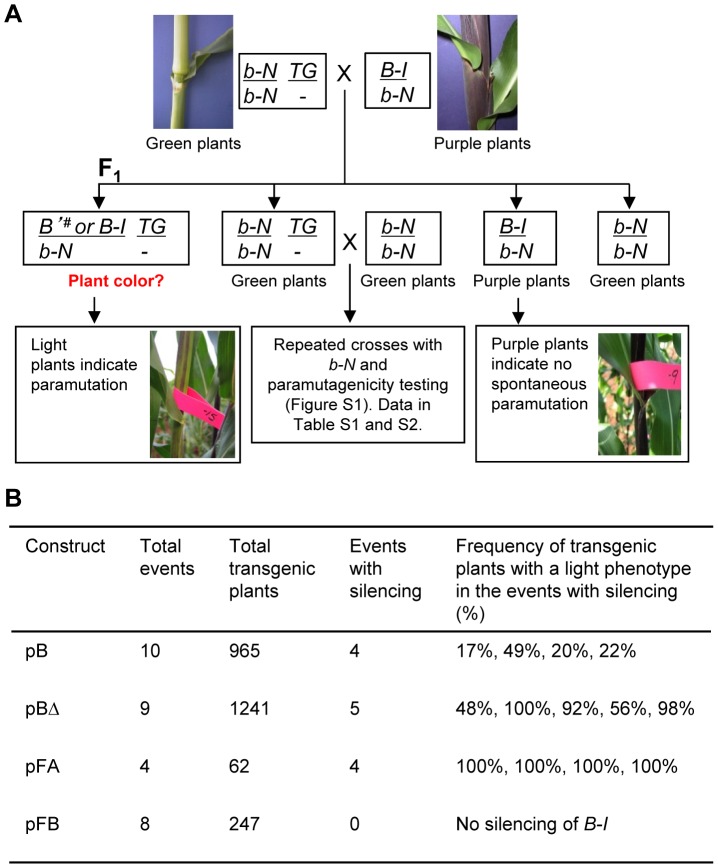Figure 2. Silencing of the B-I allele by transgenes carrying tandem repeat sequences integrated in non-allelic locations.
A. Crossing strategy for testing the ability of transgenes to induce silencing of the endogenous B-I allele. Regenerated transgenic plants, b-N/b-N; TG/-, were crossed with plants carrying the paramutable B-I allele and a neutral b-N allele. Silencing of the B-I allele was assessed by analyzing the pigmentation of the B-I/b-N progeny plants. If B-I is silenced by the transgene, indicated by B'#, transgenic plants should be light. If a transgene is not able to silence B-I, all plants, transgenic and non-transgenic, should be dark, unless spontaneous paramutation endogenous of B-I to B' occurred. Non-transgenic B-I/b-N siblings served as controls for spontaneous paramutation of B-I to B' and should remain dark if spontaneous paramutation does not occur. Any families that showed spontaneous paramutation of B-I to B' in non-transgenic siblings were removed from further analysis. B. Results from the experiments indicated in Panel A for the four constructs diagrammed in Figure 1. Detailed information on each transgenic event is in Table S1 and Table S2. The indicated frequencies of transgenic plants with a light phenotype are a compilation of the data obtained for transgenic loci maintained up to six generations in the presence of a neutral b1 allele (outlined in Figure S1). Frequency of light plants was calculated by diving the number of light transgenic plants over the total number of transgenic plants. The designation b-N is used to represent the neutral alleles used in the crosses; b-N alleles carry a single 853 bp repeat unit, do not participate in paramutation and produce no plant pigment.

